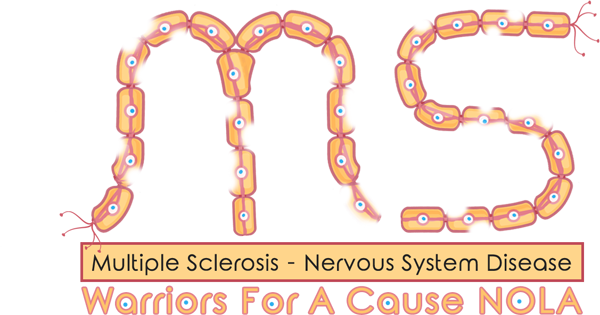MS is a chronic illness involving your central nervous system. The immune system attacks myelin, which is the protective layer around nerve fibers. This causes inflammation and scar tissue, or lesions. This can make it hard for your brain to send signals to the rest of your body. Types of MS include:
Relapsing-remitting MS (RRMS)
RRMS involves clear relapses of disease activity followed by remissions. During remission periods, symptoms are mild or absent and there’s no disease progression. RRMS is the most common form of MS at onset.
Clinically isolated syndrome (CIS)
CIS involves one episode of symptoms lasting at least 24 hours. These symptoms are due to demyelination in your central nervous system.
The two types of episodes are monofocal and multifocal. A monofocal episode means one lesion causes one symptom. A multifocal episode means you have more than one lesion and more than one symptom.
Although these episodes are characteristic of MS, they aren’t enough to prompt a diagnosis. If lesions similar to those that occur with MS are present, you’re more likely to receive a diagnosis of RRMS. If these lesions aren’t present, you’re less likely to develop MS.
Primary-progressive MS (PPMS)
Neurological function becomes progressively worse from the onset of your symptoms if you have PPMS. However, short periods of stability can occur.
Progressive-relapsing MS was a term previously used for progressive MS with clear relapses. This is now called PPMS. The terms “active” and “not active” are used to describe disease activity.
Secondary-progressive MS (SPMS)
SPMS occurs when RRMS transitions into the progressive form. You may still have noticeable relapses, in addition to gradual worsening of function or disability.
